Getting the Perfect Fit
The beauty of custom-made foot orthotics is that they perfectly fit every contour of your feet to precisely meet your unique needs. To achieve the perfect fit, Canadian Certified Pedorthists employ a variety of casting techniques and technologies to make an accurate impression of your feet as the foundation for your custom-orthotics.
If custom-made foot orthotics are part of your pedorthic treatment plan, your Pedorthist will use one of these casting techniques to make a mold of your foot:
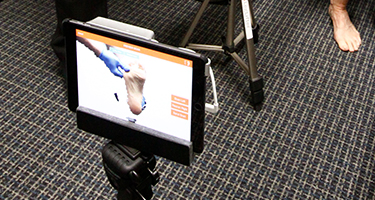
Laser – A laser light is moved along the bottom of your foot to recreate an identical image of your foot. The image produced is analyzed and modified by computer software to produce a 3D image that will serve as the electronic mold for the orthotic.
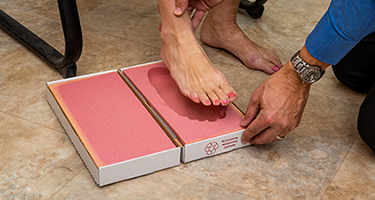
Foam Box – While you are sitting or standing, the Pedorthist will gently place your foot on top of a foam box and will ask you to slowly apply some weight to the foot as it sinks into the foam to capture an accurate 3D impression. This 3D mold is then used to fabricate the orthotic.
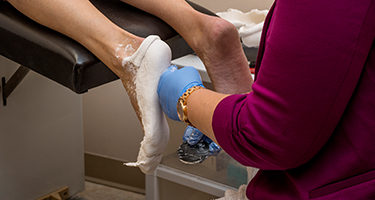
Plaster Slipper Casting – While sitting or laying down, plaster is applied to the bottom and sides of your foot. Once dried, the set plaster is gently pulled away to reveal an accurate 3D mold for the orthotic.
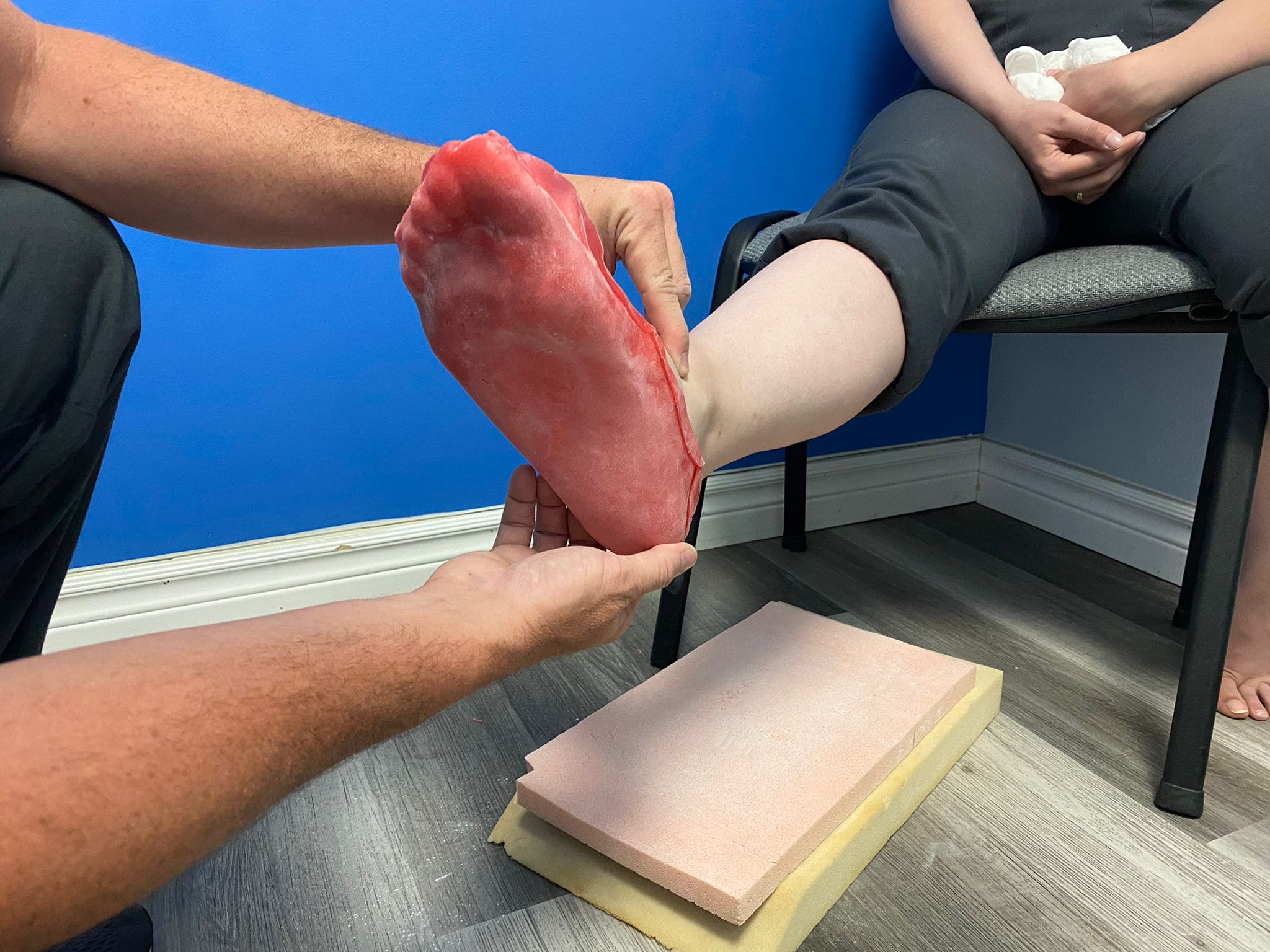
Wax Mold – This technique is very similar to Plaster Slipper Casting except moldable wax is used to create the orthotic mold instead of plaster.
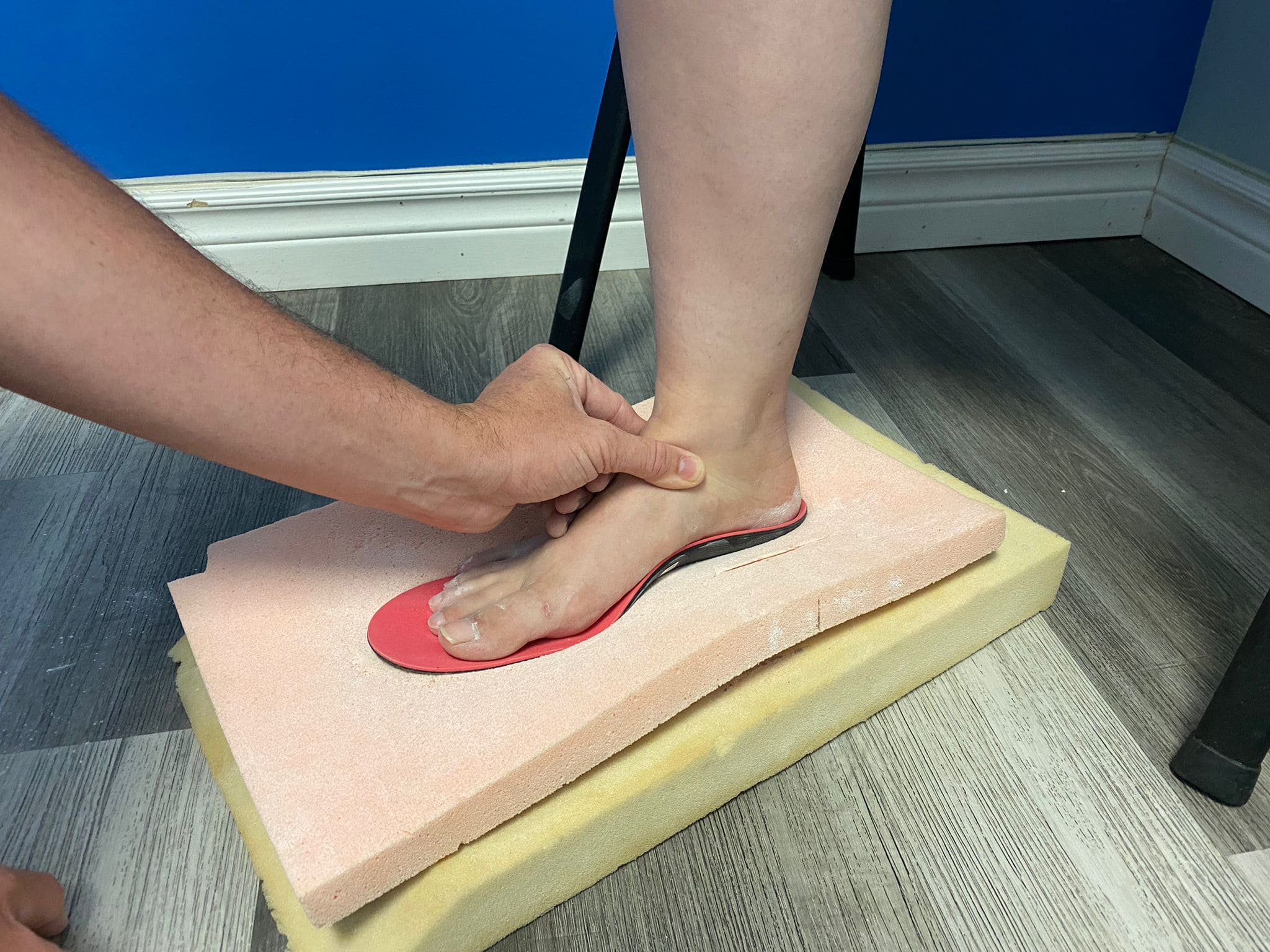
Direct Mold – The shell material for the orthotic is heated to a desired temperature and then molded directly to your foot by the Pedorthist.
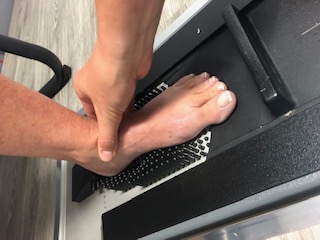
Contact Digitizing – To capture the foot’s contours, your foot is placed on a special machine called a digitizer. The digitizer elevates numerous pistons which contact the bottom of your foot creating a 3D image on the computer which serves as the electronic mold for the orthotic.
Using orthotic shell materials carefully chosen to meet the patient’s specific needs, the Pedorthist uses this mold to create the custom-made foot orthotic to fit the patient’s exact foot shape and contours. Once fabricated, Pedorthists use a special machine called a grinder to smooth and shape the orthotic to precise accuracy.
